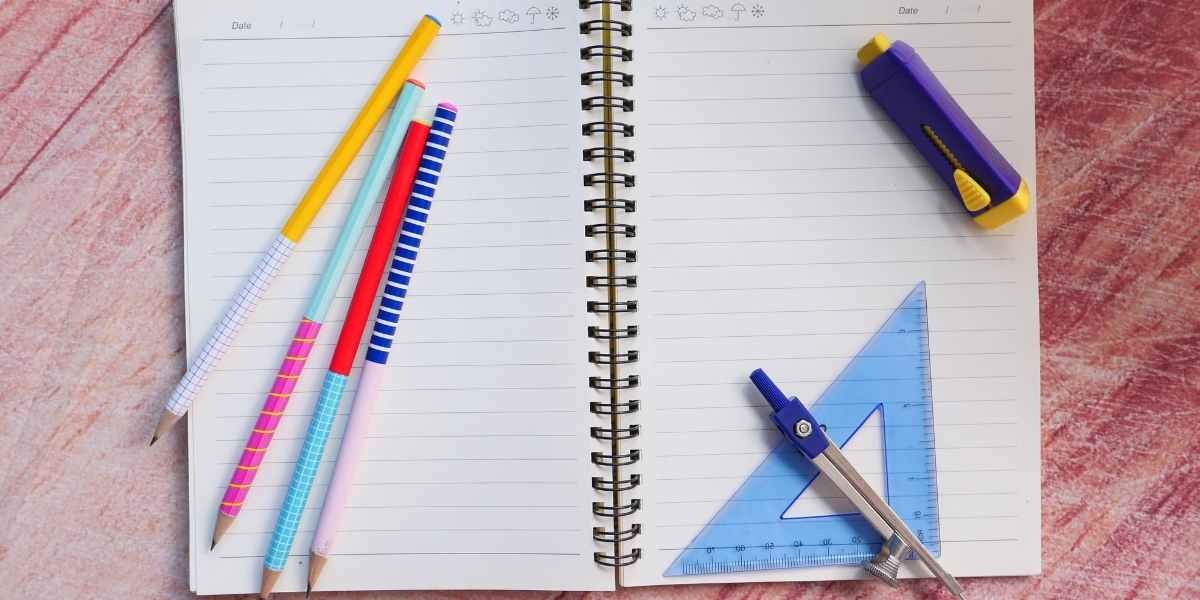Contents
- What’s in a maths kit?
- What maths equipment do you need?
- How will your GoStudent tutor use maths equipment to teach you?
When taught well, mathematics is a fascinating subject. Concepts from different sub-disciplines of maths like calculus, geometry, and algebra are taught best through hands-on demonstrations and experiments. Wait, experiments? In maths? Yes! Complete with fun maths equipment that can be used to teach you important concepts.
Maths has several real-world applications in leading fields, including architecture, astronomy, and even computer science. Hands-on experiments like using shadows to measure the height of a tree/ building, understanding parallel lines through laser beams, etc., can help you grasp maths concepts much better. They also show you a more fundamental, functional understanding of complex maths concepts. So, what equipment do you need for a maths lab? Keep on reading to find out. 
What’s in a maths kit?
A maths kit contains all the tools you need for your maths classes/ laboratory sessions. Most schools require you to have a simple geometry set that consists of a small bunch of mathematical instruments that you use in class. These include:
- A protractor - used to accurately measure and draw angles.
- A compass - used to draw circles of accurate radii/diameters.
- A 45° set square - used as a stencil to draw a 45° angle.
- A 60° set square - used as a stencil to draw a 60° angle.
- A metal divider - used to measure and transfer distances accurately between different figures [drawings].
- A 15 cm plastic ruler - size may vary depending on the size of the set.
While these are the general contents of a maths kit, you might need some extra equipment depending on your school. A normal maths kit like the one listed above can be purchased from most stationery and office supplies shops for under £5. 💵
What maths equipment do you need?
Most maths equipment you would need in school is pretty affordable and can be found at almost any office supplies shop near you or on websites like Amazon. As for what exact maths equipment you need, it’s best to discuss this with your school teacher. While some schools might stick to the basics and only require you to carry a general geometry set, others might get a bit more creative and make use of different everyday objects like prisms and pendulums to teach you better.
A lot of concepts from maths (especially the ones taught from age six and up) find direct physical application in the real world. Rays of light, for example, are bent at precise angles when they pass through complex objects like bent mirrors or prisms. This phenomenon can be used to illustrate a lot of interesting properties about angles and how they change/ correlate to each other with different shapes. You can talk to your teacher to better understand what concepts are part of your school curriculum.
We're always around if you feel like your school teacher isn’t using these fun tools to help you learn better. GoStudent tutors try to make your math classes engaging and fun by teaching you with maths equipment and real-world objects.
How will your GoStudent tutor use maths equipment to teach you?
Using maths equipment to teach you different concepts comes down to one fundamental principle - fun learning. With the old, traditional way schools use, most of you probably find mathematical concepts hard to grasp. This is because they can seem theoretical with no clear real world applications. This, of course, is not true as branches of maths find a number of interesting uses.
Fun experiments make these concepts more audio-visual, making them much easier to understand and remember for all of you. Not yet convinced? Here’s how fun maths equipment can be used to illustrate important concepts while keeping them fun and light:
Maths doesn’t always need to be a dreadfully dull subject that tires you. Maths equipment can be used to conduct engaging audio-visual experiments that help you understand and remember fundamental mathematical concepts much better.
At GoStudent, we take a similar, hands-on approach when it comes to maths. Our top tutors from around the globe help you fall in love with the subject. If this sounds interesting, we urge you to sign up for a free trial now!









